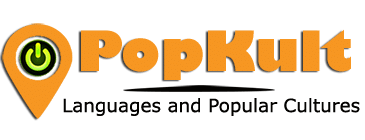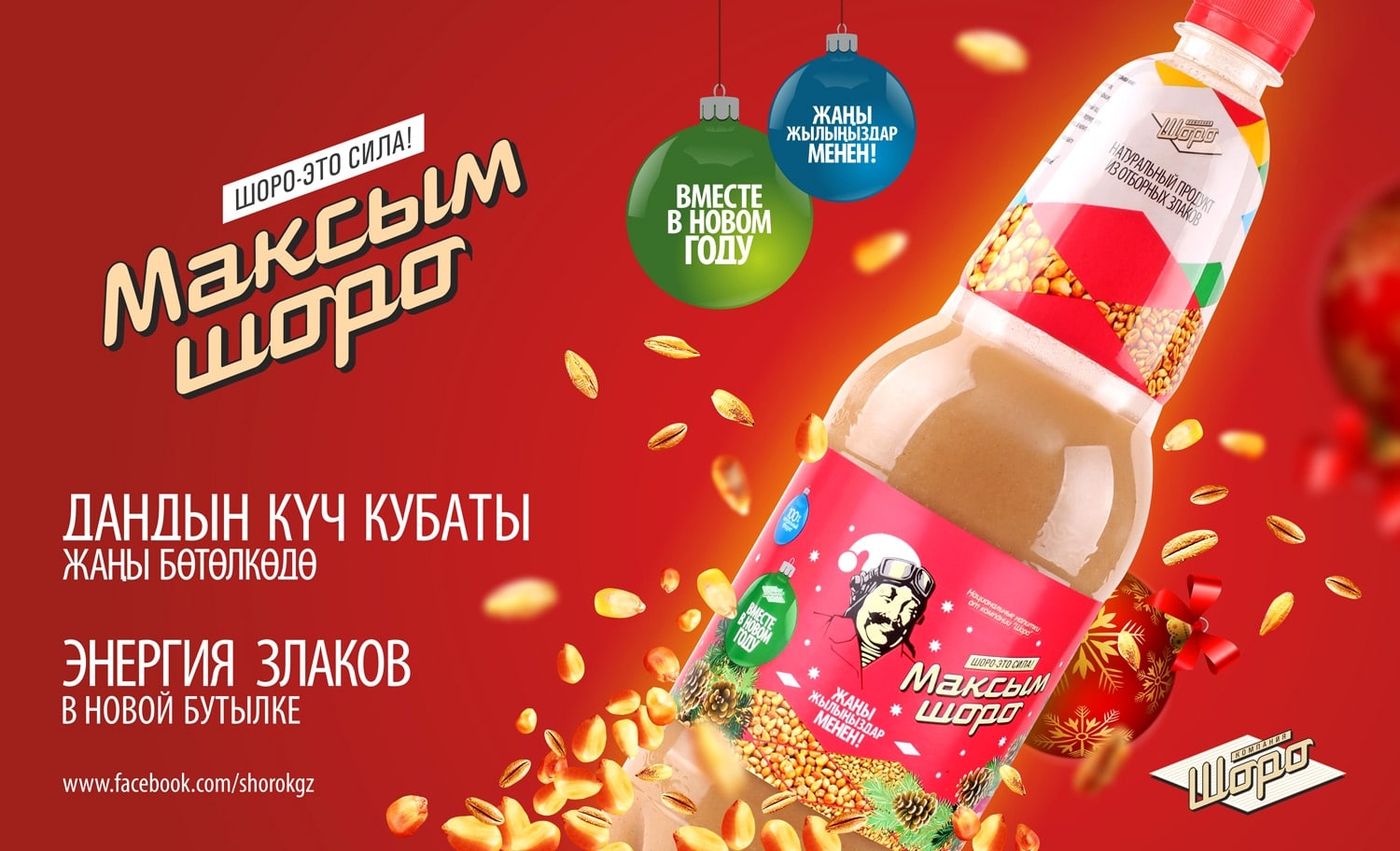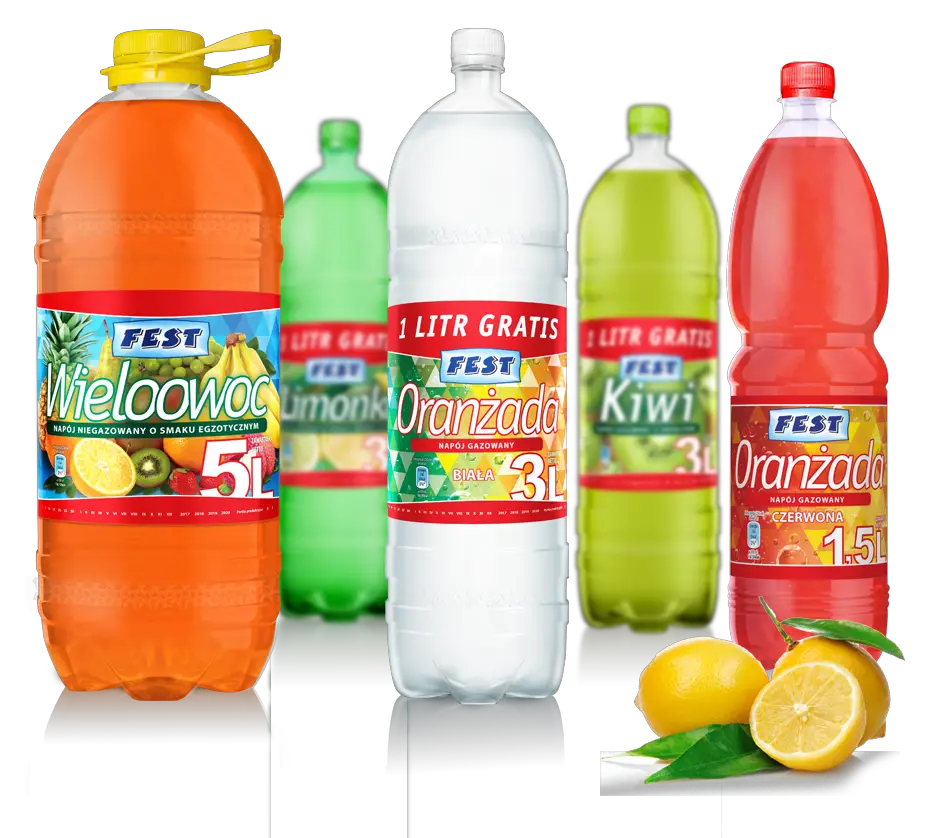Shoro (Шоро) is the Kyrgyz drink of choice on a hot summer’s day. Considered an affordable, healthy refreshment and thought to improve digestion, Shoro, which means “salty” in Kyrgyz, produces pungent and slightly tangy fermented drinks.
Shoro is a truly self-made brand, built from the ground up. The company began in 1992, when brothers Tebaldi and Jumadil invested $200, earned from selling four of their mother’s sheep. Their first 80-litre batch of Maksym, now their company’s signature flavor, was produced in their grandfather’s house and sold out at the local market within two hours. The Shoro brand now operates five fully-mechanized factories producing 70 tonnes per day of the drink per day.
The original and most popular flavor, Maksym, is a fermented concoction of barley, wheat, water, clarified butter, salt and yeast. Other flavors include Chalap, which is a fermented, probiotic dairy drink. Aralash and Jarma are amalgamates of the two, with Aralash more Maksym-esque than Chalap, and Jarma more Chalap than Maksym. They’re all sourced locally, GMO and preservative free, and have a shelf life of 20-30 days.
While variations of the brothers’ Shoro have always been popular in the countryside, their success lies in bringing a taste of the countryside to urban Kyrgyzstan and now even Russia. Tebaldi died in May 2015, and few public figures in Central Asia have been as publicly mourned.
Although it’s sold pre-bottled in a majority of stores, during the spring and summer Shoro is in such high demand that branded barrels appear on the streets to sell it fresh from the tap. It’s iconicism inspired a Nicolas Journoud comic strip, “Shoro Girls.”
The company has also built its brand through television advertising that boasts their product as nationally Kyrgyz and a source of strength, both physically and morally. Two examples are below.
“Shoro is strength” – Television ad (click to watch on YouTube)
And better than Coca-Cola:







